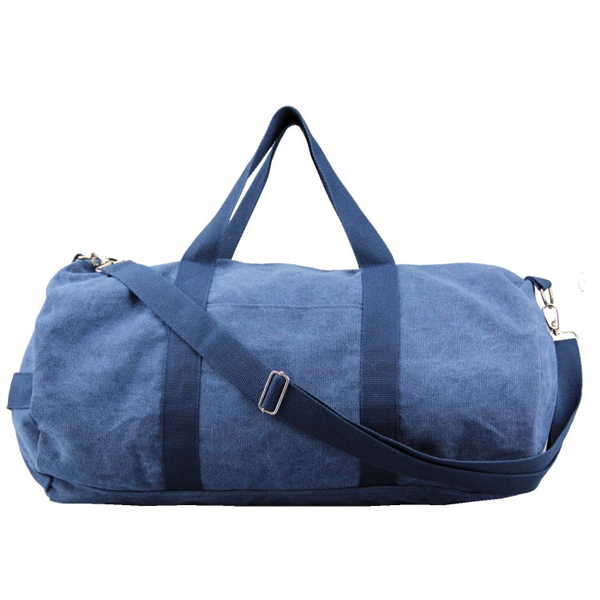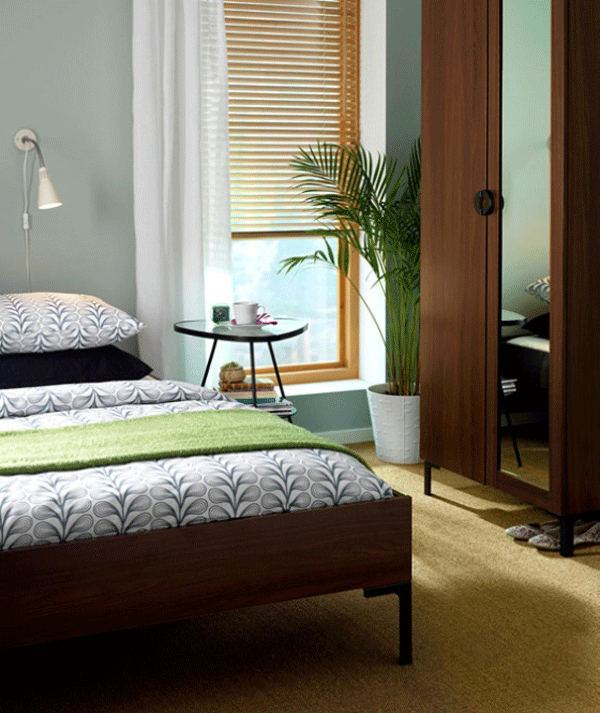Tecnifibre Racquets: The Perfect Balance Between Power and Control
Focusing on the choice of their racket is a very common habit for tennis players and for a good reason. Finding a racket that best complements your level and style of play takes some careful consideration as you want to pick the one that can help you optimise your performance on the court. And as you progress in your tennis career, you may realise that the more important selecting the perfect racket becomes.
These days, there are more tennis racquets on the market than ever and deciding which one is best for you can be a challenging task. Whether you are buying your first racket or upgrading from your current one, there are dozens of brands, each with many different models broken up into different categories. That being said, if you are aiming for quality and durability, look no further than the range of Tecnifibre racquets.
Why Choose Tecnifibre Racquets
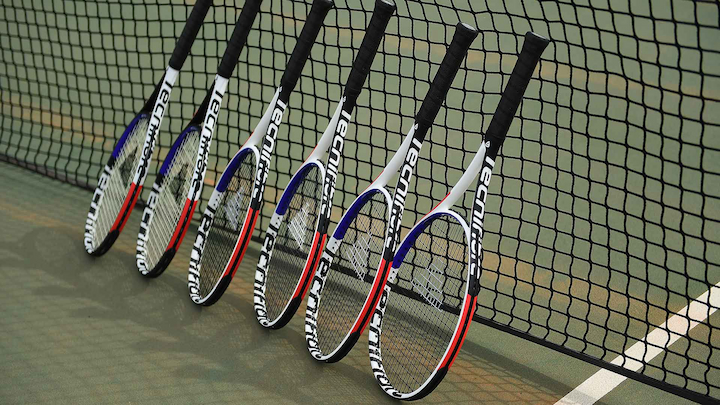
Tecnifibre is a French brand created in 1978 by Thierry Maissant, a dedicated lover of the tennis game. In 1983, the brand creates its first string with polyurethane, which was a new technology at the time. The strings production was fully made in France and by 1985, they expanded into the stringing machine business and launched the first stringing machine, made in France as well.
The reliability of the machines enabled Tecnifibre to become the Official Stringer of a number of ATP Tournaments and in 1987, the young brand became the official stringer of Roland-Garros thanks to its high quality of products. In the following years, the brand recognition started growing worldwide and by 1998, they became the official ball of Roland-Garros.
In 2004, the originally exclusively a string company joined the racquet market. This year, Tecnifibre racquets were launched for the first time. There were two collections of tennis racquets, the control-oriented T-Fight and the power-oriented T-Flash. There are options for every style of play, from beginners to intermediate and advanced.
The construction of their frames pays attention to the finest details and their appearance, with design input from Lacoste makes these racquets some of the best-looking ones on the market. Over the past few years, the brand has been putting out consistently worthy frames that are often considered as hidden gems by tennis game players.
Apart from the two main ranges of tennis rackets Tecnifibre offers, there is the newest, unique T-Rebound range which is one of the few ranges provided by any brand specifically designed to be more manoeuvrable and powerful. Their rackets are used by some of the best juniors, but also by ATP pros, such as Janko Tipsarevic, Jeremy Chardy and others.
How to Choose Your Tecnifibre Tennis Racket
There are many factors to consider when choosing your tennis racket, including weight, head size, stiffness, materials, technologies, etc. All of them impact how a racket feels and how it will perform on the court, so choose your racket that will meet your ability and needs.
Weight
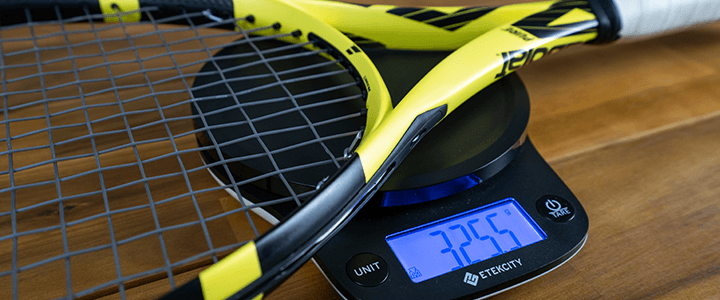
Below 300g, a racket is very manoeuvrable but has less power. A light racket will generate 18% more shock on your arm than a heavier racket. For that reason, you will need power and better absorption to offset the additional stress on your arm. A racket heavier than 300g, on the other hand, can be less manoeuvrable, but more powerful and will absorb 18% more shock than a lighter frame.
If you are a tennis player who is looking for feel and power, a racket of 300g might be the best choice for you. But if you are a player with good groundstrokes, then you can opt for a heavier tennis racket that will bring you more control.
The Tecnifibre T-Fight 300 RS tennis racket is very manageable and the lower power level will allow you to take big rips at the ball. The T-Fight RS 315, on the other hand, would fit perfectly well in the hands of any player that appreciates the benefits of a little extra mass, while the TF40 305 is great for some extra dwell time and pocketing and can give you an instant connection with the ball.
Head Size
A smaller racket head offers more control over your shot placement, while a larger head size generally provides more power and less control. Depending on your needs and preferences, you can choose a racket head that will meet all your requirements.
Racket Stiffness
When it comes to racket stiffness, a stiff tennis racket is typically more powerful than a flexible one. It can transfer energy to the ball more efficiently, but keep in mind that it tends to cause more arm injuries since it absorbs less impact from the ball. Racket stiffness is measured on the “RA” scale and most tennis rackets usually fall between 55 and 72 on the scale. 55 is considered very flexible, while 72 is considered the stiffest.
Beam Width
The beam width is yet another factor that can impact the racket’s power. Thinner beams, 20mm or lower, offer less power and tend to be more flexible than thick beams, 25mm or higher.
Balance Point
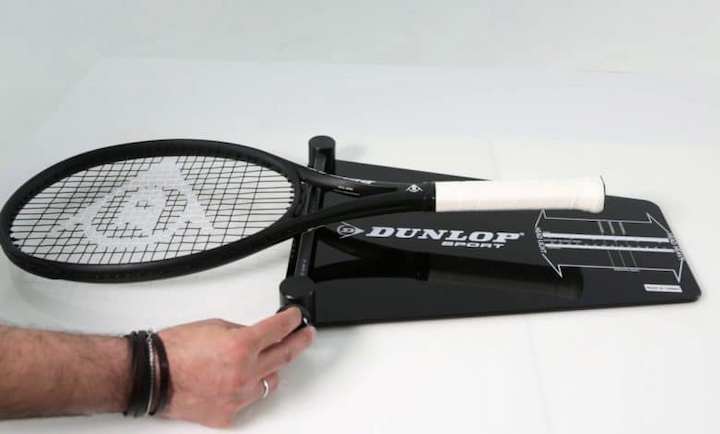
Make sure to consider the balance point of your racket as it’s important for a few reasons. A racket that has more weight in the handle will feel easier to swing than a racket that has more weight in the head. In line with that, a head-light racket tends to be less powerful than a head-heavy one.
In the end, the most important thing is that your tennis racket improves and/or complements your game. It’s like an extension to your body when on the court, so you have to be very comfortable with your racket and play your game without having to think about it. Buying a tennis racket is a personal choice that depends mostly on your level of play and whether you value power, control, or something in between.

